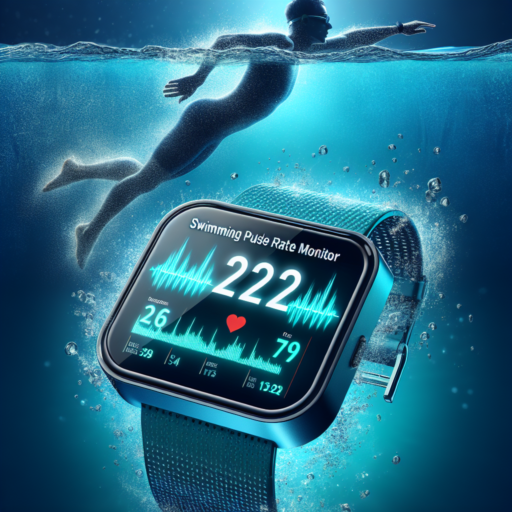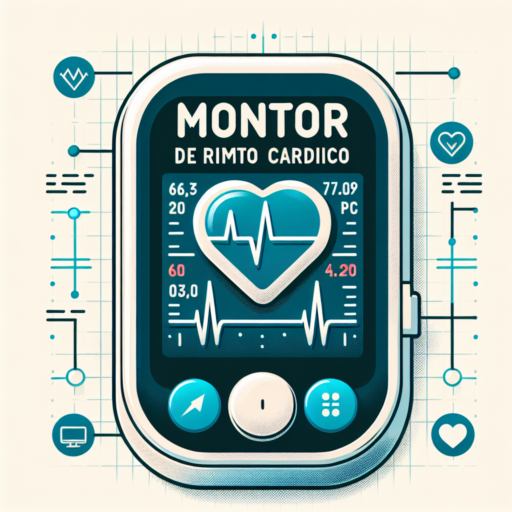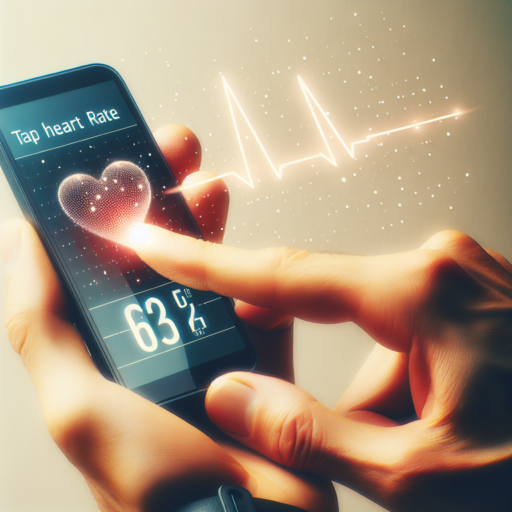What is a good recovery heart rate for Garmin?
Understanding your recovery heart rate is crucial for assessing your fitness level and ensuring that your workouts are improving your health rather than overstressing your body. Garmin devices offer sophisticated tracking that helps users monitor and analyze their heart rate data to understand their recovery rate better. A good recovery heart rate for Garmin users is typically a significant drop in heart rate within the first minute post-exercise. Specifically, a reduction of 15 to 20 beats per minute (BPM) could be considered indicative of a good level of cardiovascular fitness.
However, it’s essential to highlight that «good» can vary based on several factors, including age, fitness level, and the intensity of the exercise. Garmin devices utilize the Heart Rate Recovery (HRR) feature to help users assess their recovery rate accurately. This feature automatically measures your heart rate recovery and provides insights based on your specific data. For most people, a quicker recovery heart rate signifies a healthy, more efficient heart, which is a hallmark of good cardiovascular health.
To utilize this data effectively, Garmin users should consistently monitor their recovery heart rate over time. Observing trends and making note of any significant changes can provide valuable insights into your overall cardiovascular health and fitness improvements. Regular monitoring can also help in identifying when a deviation from your normal recovery rate occurs, suggesting it might be time to adjust your training intensity or rest more. While the Garmin device provides precise measurements, interpreting these in the context of your overall health and fitness goals is key.
What is a good heart rate recovery rate?
Understanding the heart rate recovery rate is crucial for athletes, fitness enthusiasts, and the general populace, as it serves as a barometer of cardiovascular fitness. In essence, it refers to how quickly your heart rate returns to its resting level after exercise. A faster recovery rate is generally viewed as a hallmark of a healthier heart.
Factors Influencing Recovery Rate
Several variables can influence your recovery rate, including age, fitness level, and overall health. These factors contribute to the broad range of what can be considered a ‘good’ recovery rate. It’s also worth noting that regular aerobic exercise can significantly improve your heart rate recovery.
A good heart rate recovery rate is typically defined by a decrease of at least 20 beats per minute within the first minute after stopping exercise. However, it’s essential to understand that the optimal recovery rate can vary significantly among individuals. Some might witness a decrease of 30 beats per minute or more, which is often seen in well-trained athletes, indicating excellent cardiovascular fitness.
Measuring Your Recovery Rate
To accurately measure your heart rate recovery rate, use a heart rate monitor during and after exercise. After reaching a vigorous intensity level, stop the activity and measure your heart rate immediately, and then again after one minute. The difference between these two values will give you your recovery rate. Comparing this number over time can help track improvements in your cardiovascular fitness, offering insight into the effectiveness of your fitness routine.
Remember, while a good heart rate recovery rate is a positive indicator of cardiovascular health, it is just one piece of the puzzle. Comprehensive health and fitness assessments typically include other factors, such as endurance, strength, and flexibility tests.
No se han encontrado productos.
Is 23 bpm recovery good?
Understanding the significance of a 23 beats per minute (bpm) recovery rate involves diving into the specifics of heart rate recovery (HRR) and its implications for cardiovascular health. When we talk about HRR, we refer to how quickly your heart rate decreases after a period of intense physical activity. The faster your heart rate returns to its resting state, the better conditioned your cardiovascular system is considered to be.
In general, a recovery rate of 23 bpm could be regarded as a positive indicator of fitness, especially when measured one minute after stopping intense exercise. Several studies indicate that an HRR of more than 20 bpm is desirable, as it suggests efficient cardiac function and a potentially lower risk of cardiac events. Therefore, achieving a 23 bpm reduction could point towards good cardiovascular health and effective autonomic nervous system balance, where your body efficiently manages stress and recovery.
However, interpreting a 23 bpm recovery rate should always consider individual factors such as age, fitness level, and health conditions. For some, especially highly trained athletes, a 23 bpm drop might be on the lower end, as they can experience much larger decreases. Conversely, for those just embarking on their fitness journey or with preexisting health conditions, it could represent significant progress. It’s crucial to benchmark HRR against personal health profiles and fitness goals to fully understand its implications.
How many BPM is a good recovery rate?
Understanding your recovery rate is crucial in gauging your cardiovascular fitness and overall health. A good recovery rate, measured in beats per minute (BPM), can indicate how efficiently your heart recovers after exercise. It’s essential to monitor this rate to ensure a healthy heart function.
Typically, a recovery rate is measured by the decrease in your heart rate after a peak physical activity. Health experts suggest that a decrease of 15 to 20 BPM within the first minute post-exercise is considered healthy. However, an ideal recovery rate should see your heart rate drop by more than 20 BPM in the first minute following intense physical activity. This demonstrates a strong cardiovascular system and a heart that recovers quickly.
It’s important to note that individual factors such as age, fitness level, and existing health conditions can influence your recovery rate. Younger individuals or those with higher levels of physical fitness may experience quicker recovery rates than older adults or those just starting a fitness regimen. By consistently measuring your BPM after exercise, you can track improvements in your recovery rate over time, showcasing an increase in cardiovascular efficiency.




